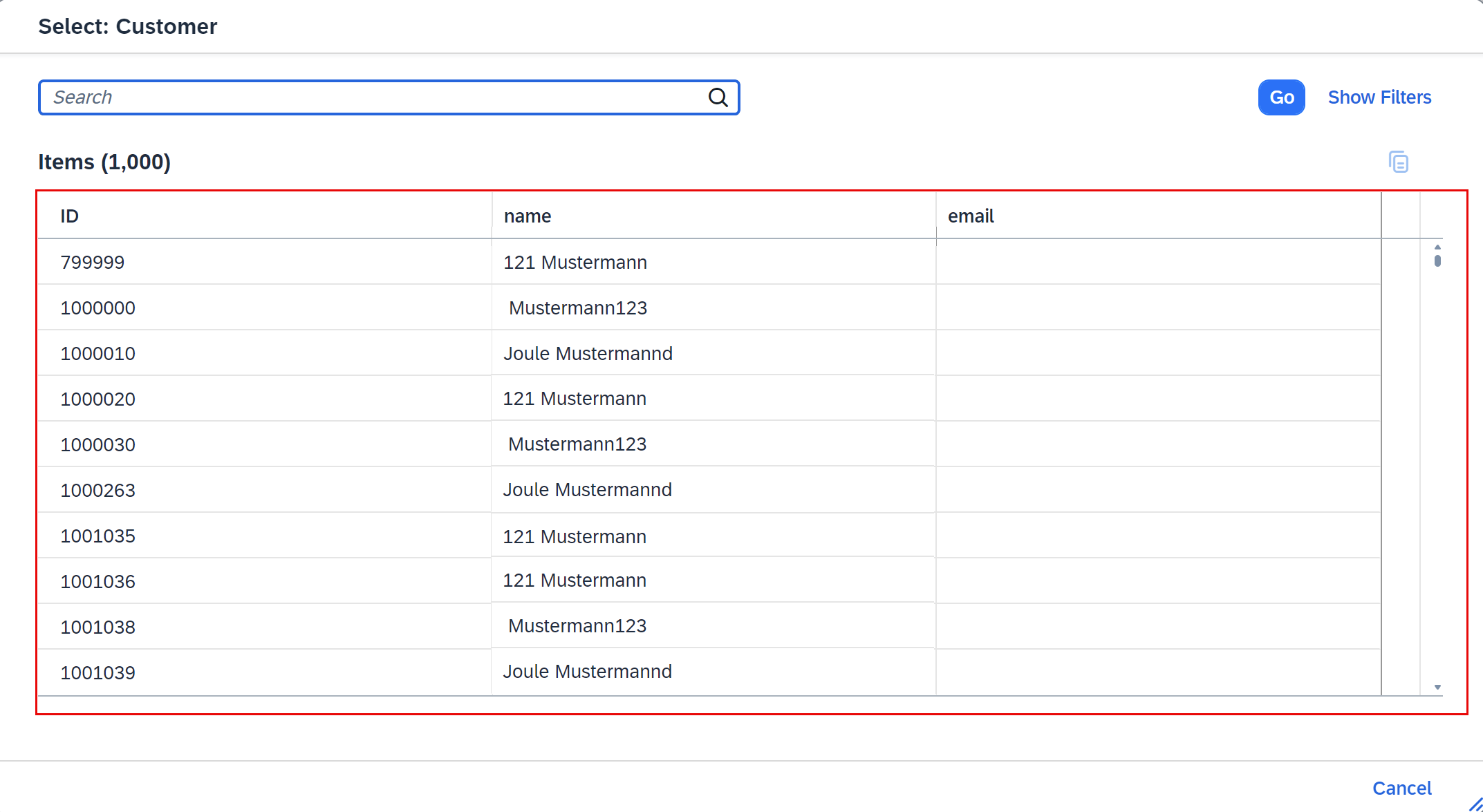Deploy and Run the Incident Management Application in the SAP BTP, Kyma Runtime with SAP S/4HANA Cloud Backend
Requires Customer/Partner License
Intermediate
45 min.
This tutorial shows you how to prepare your application, deploy it to the SAP BTP, Kyma runtime, and test it with SAP S/4HANA Cloud connectivity.
You will learn
- How to connect to your SAP S/4HANA Cloud system.
- How to extend the existing Helm chart with the settings for SAP S/4HANA Cloud extension service.
- How to test the application with your SAP S/4HANA Cloud system.
Prerequisites
- You have set up the connection to an SAP S/4HANA Cloud system. Follow the steps in the Configure Connectivity Between SAP S/4HANA Cloud and SAP Business Technology Platform tutorial that is part of the Consume Remote Services from S/4HANA Cloud in Your Full-Stack CAP Application Following the SAP BTP Developer’s Guide and Deploy in SAP BTP, Kyma Runtime tutorial group.
- You have an enterprise global account in SAP BTP. To use services for free, you can sign up for an SAP BTPEA (SAP BTP Enterprise Agreement) or a Pay-As-You-Go for SAP BTP global account and make use of the free tier services only. See Using Free Service Plans.
- You have a platform user. See User and Member Management.
- You are an administrator of the global account in SAP BTP.
- You have a subaccount in SAP BTP to deploy the services and applications.
This tutorial follows the guidance provided in the SAP BTP Developer’s Guide.



